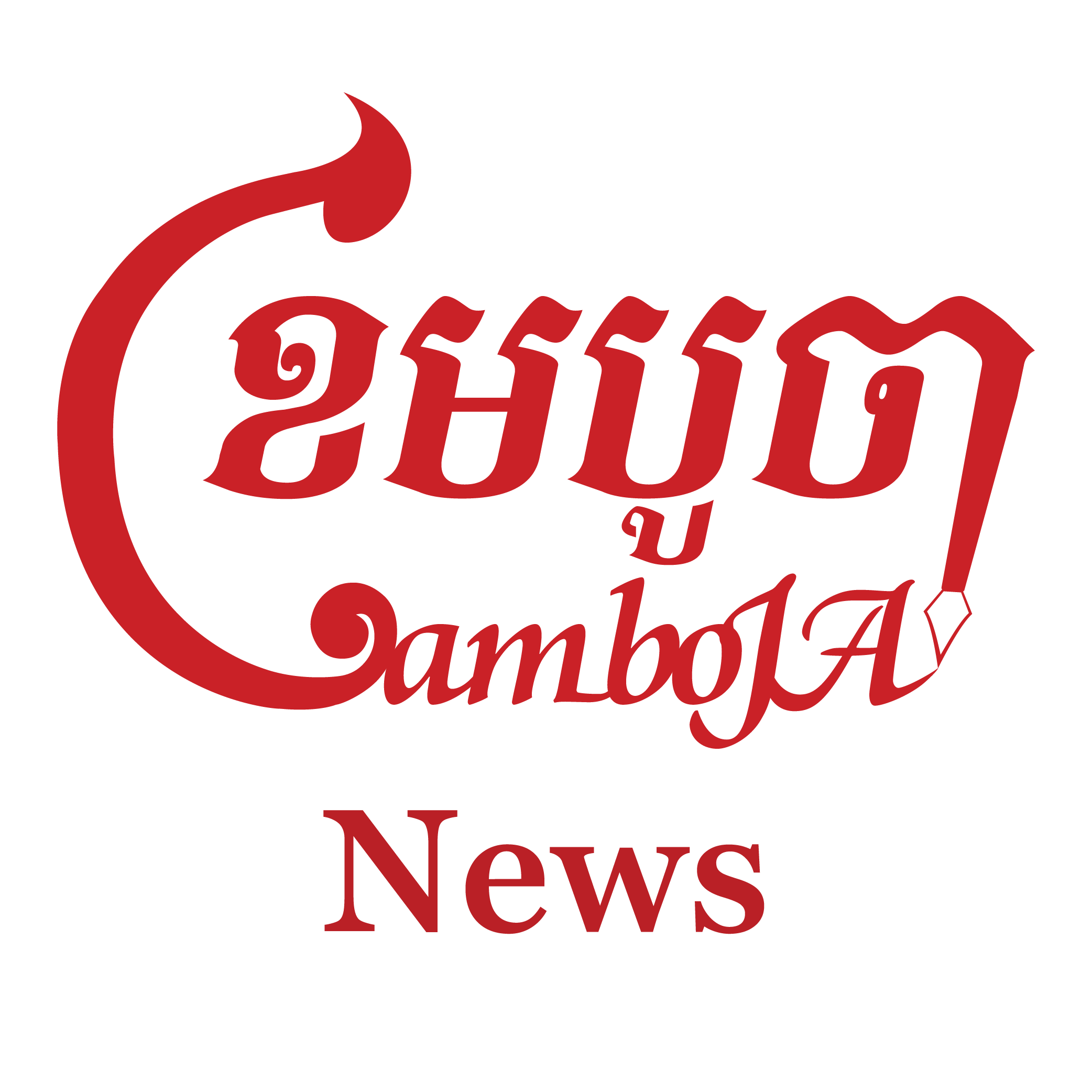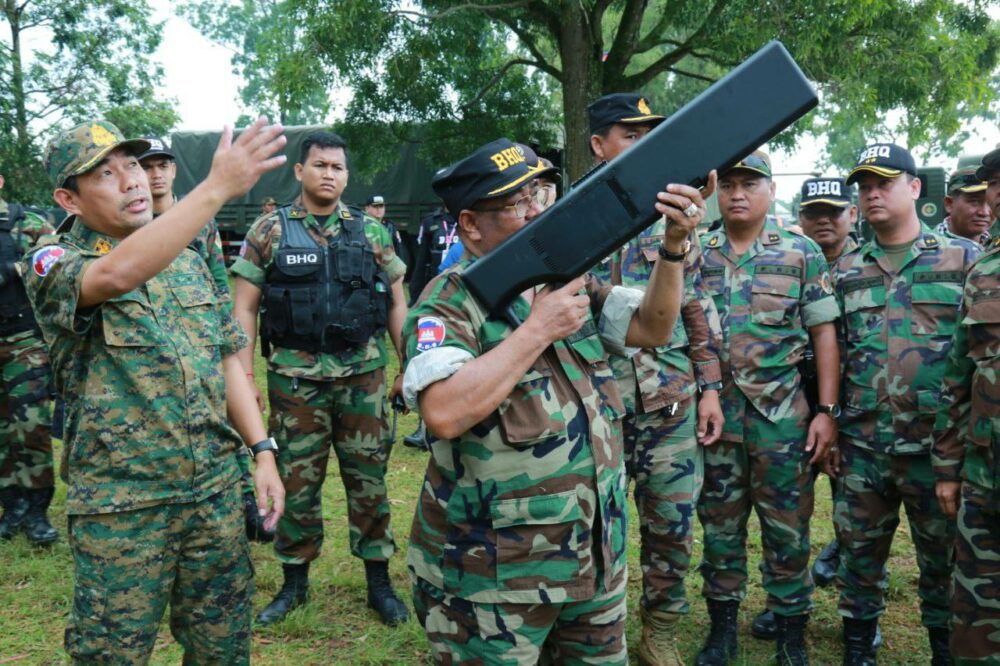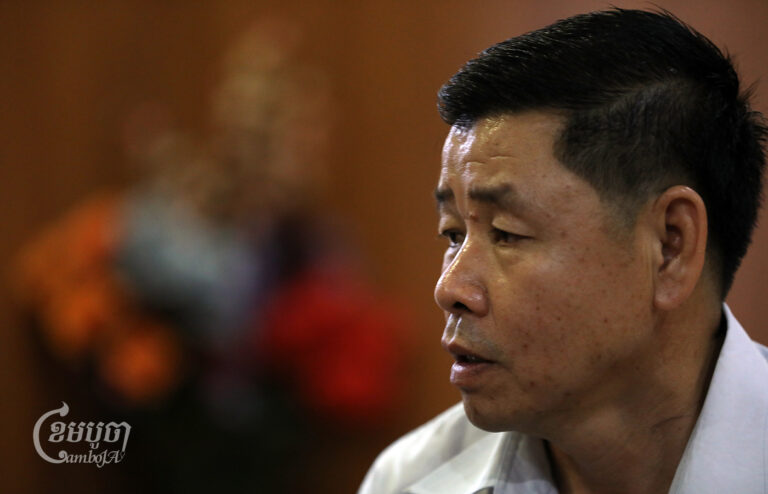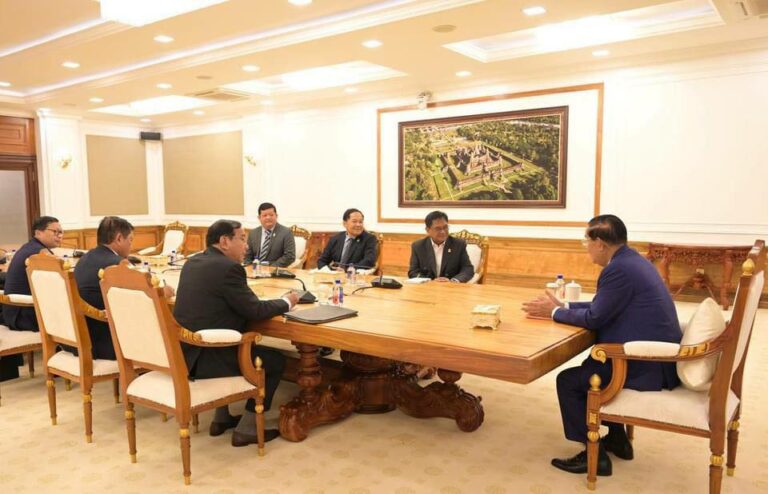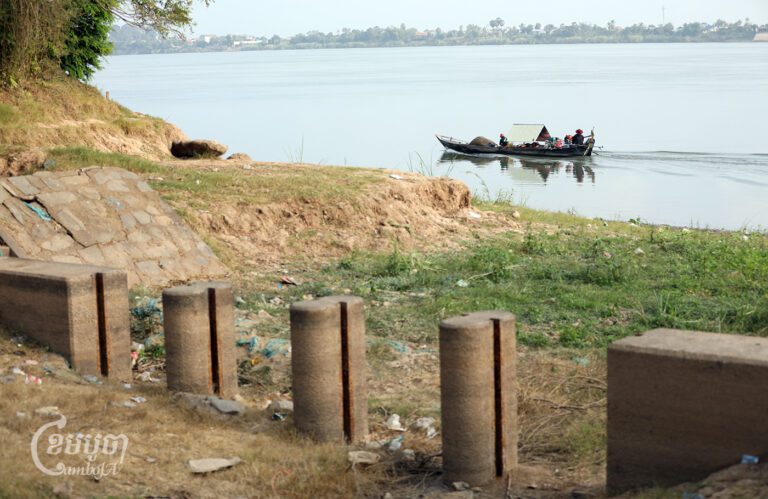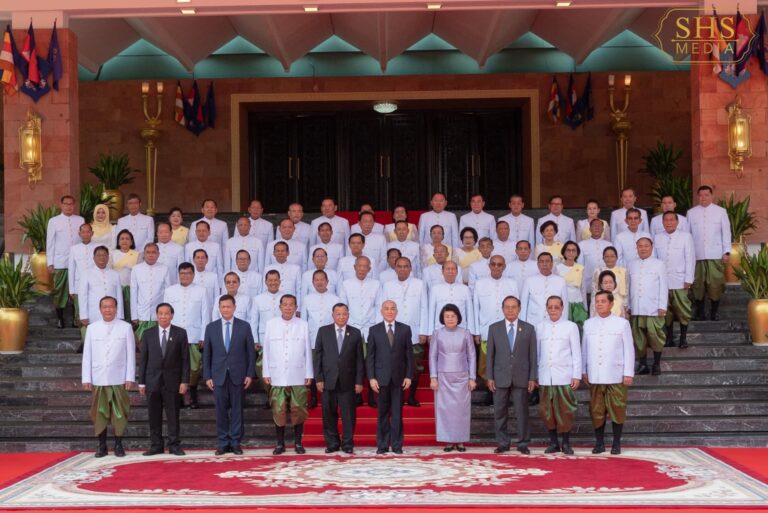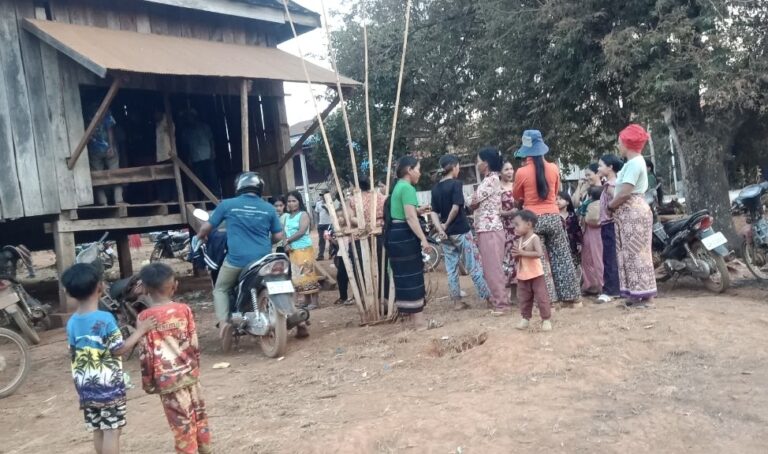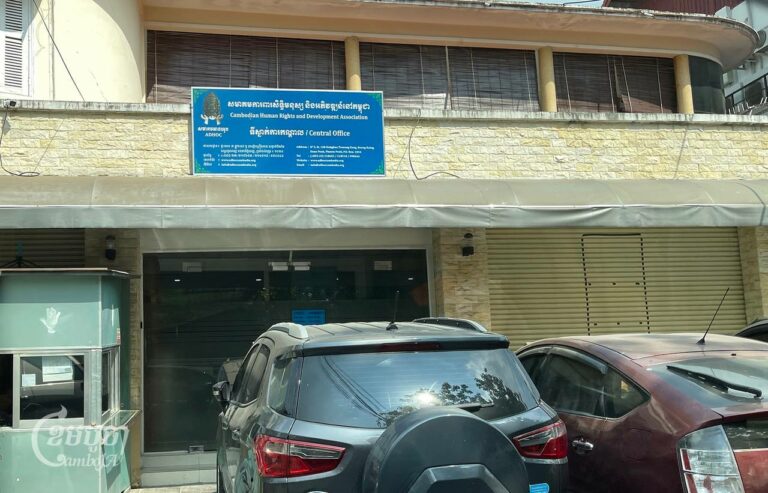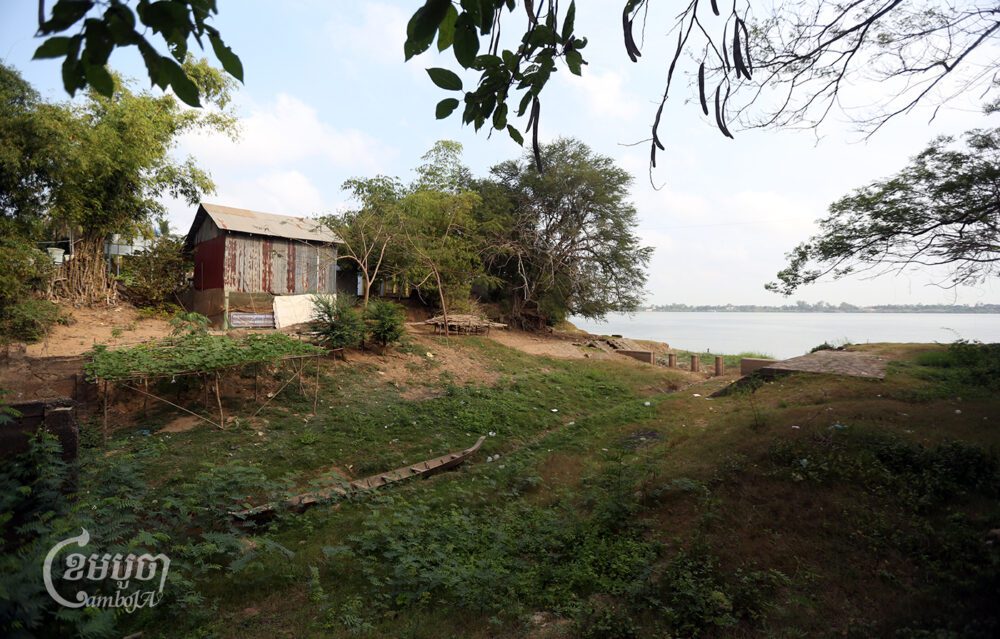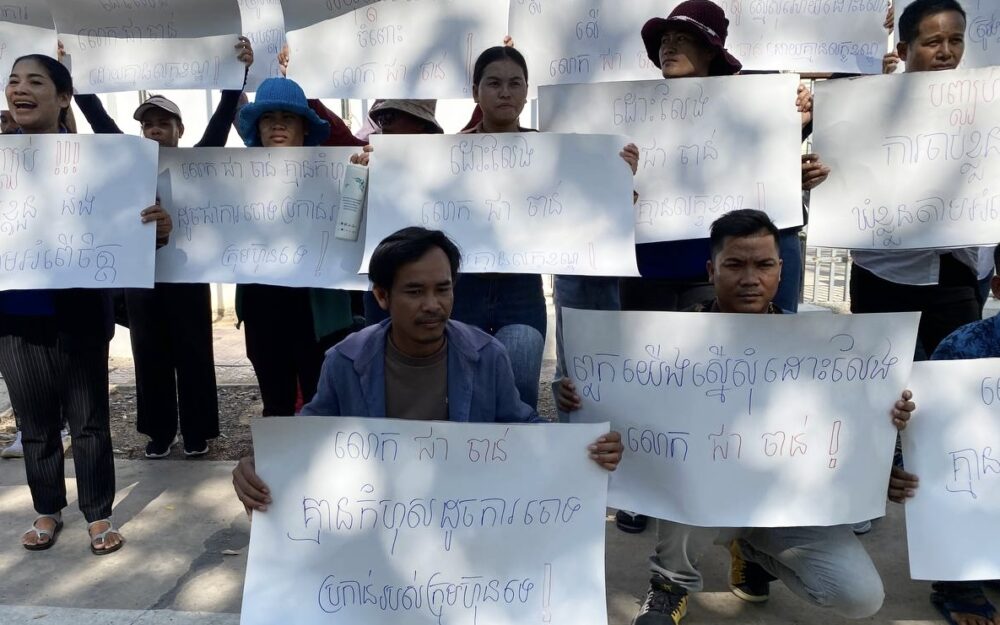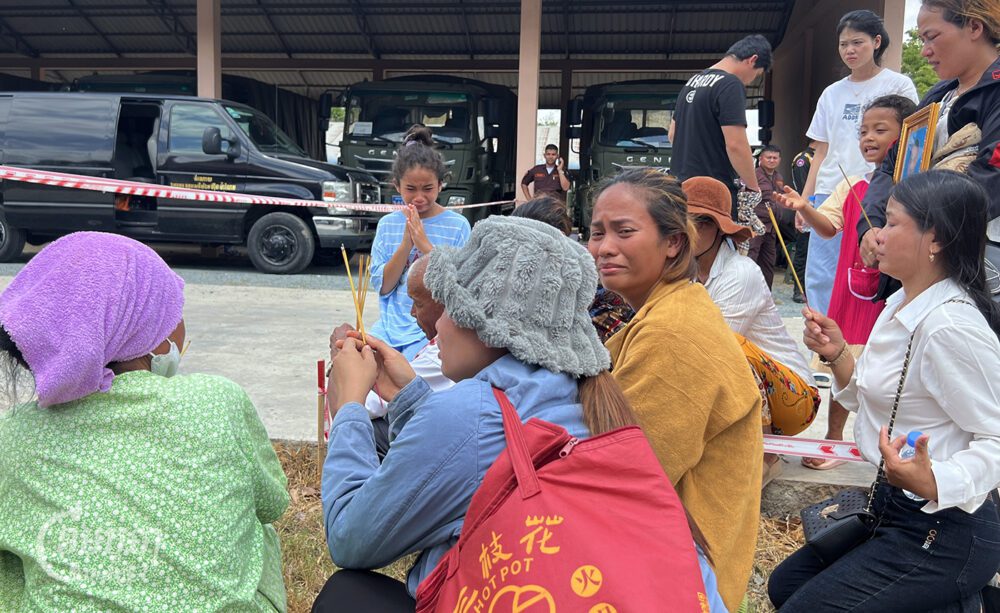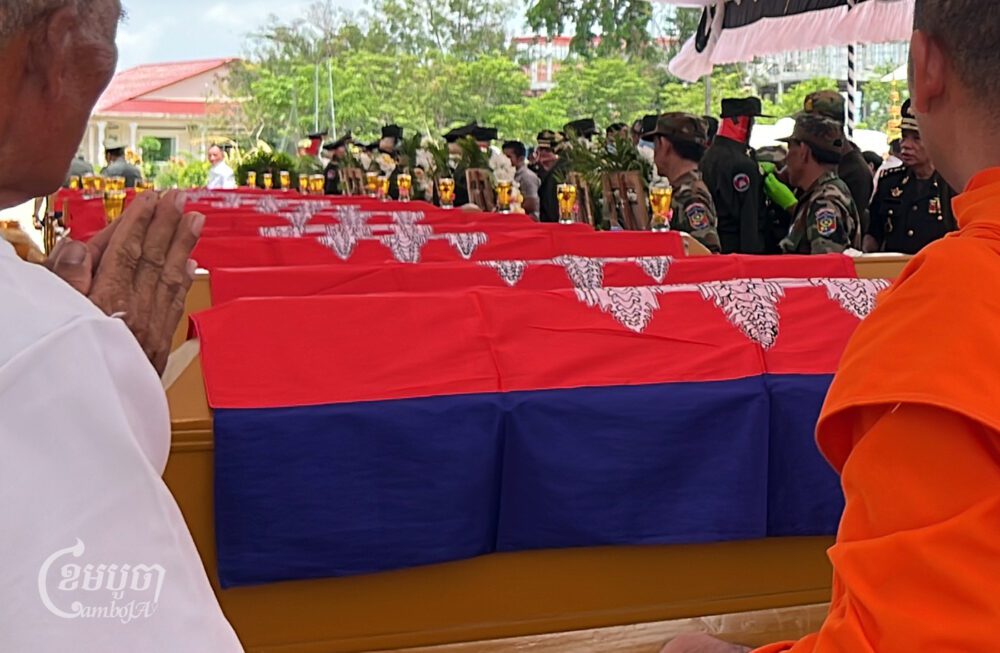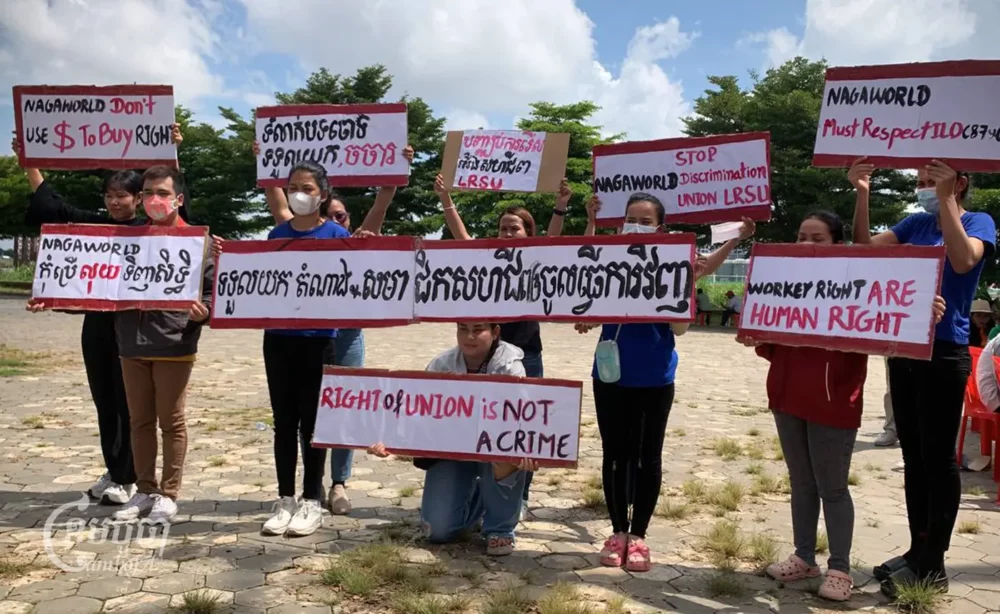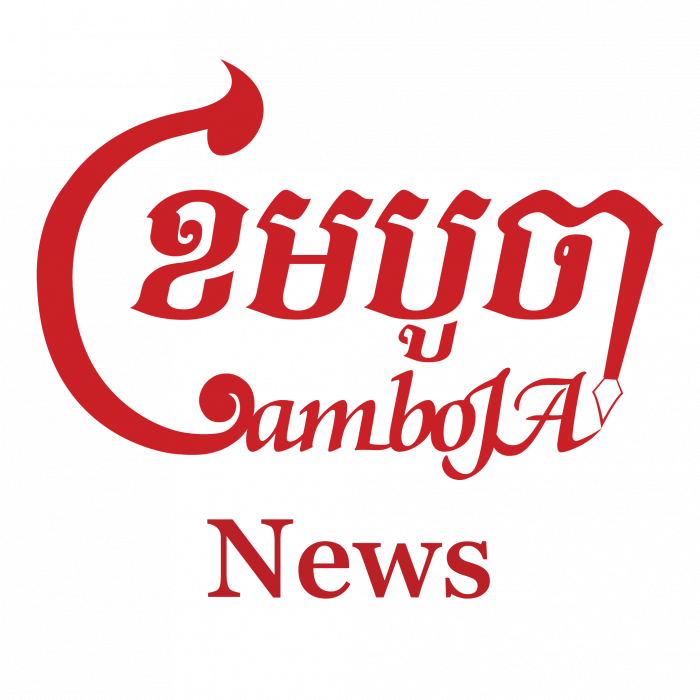A day after Hun Sen ordered 500 troops to the eastern border to shoot down “drones”, the prime minister on Wednesday increased the deployment by 10,000 soldiers and offered $200,000 to any military unit that shoots down a drone.
He also said the people responsible for the deadly attack against government offices across the border from Mondulkiri border in Vietnam’s Dak Lak province on June 11 had possibly trained in a country in the region or contacted the opposition here, but did not elaborate on when this happened or who had been contacted.
In an unexpected turn, Prime Minister Hun Sen on Tuesday ordered 500 troops and counter terrorism forces to the eastern border to shoot down mysterious “drones” he claimed had invaded Cambodian airspace. This resulted in large movements of troops and military equipment from Phnom Penh.
On Wednesday, Hun Sen elaborated on the alleged incursions and said 5 unidentified drones had flown in Mondulkiri’s Koh Nhek district but that military personnel from Region 1 had failed to shoot down the aerial vehicles.
He was sending an additional 10,000 troops and as many weapons needed to shoot them down, Hun Sen added.
“From this evening onward, if you do not fire, you will have a problem with me … The [drones] came a few days ago, you have to shoot 2 or 3 bullets using a CKC rifle,” he said, referring to a tactical rifle.
He then sweetened the offer. “I announce that the units who shoot down a drone, I will reward them $200,000 because I want to know where drones came from,” Hun Sen said.
He then appealed to other unnamed countries to not violate Cambodian airspace with the “drones,” adding that they were not Vietnamese who, according to Hun Sen, were unaware of the drones.
The prime minister said the “defeated” force had contacted a local opposition group — making a thinly-veiled reference to former CNRP president Sam Rainsy.
“I would like to inform patriots that a traitor signed with Kok Ksor to [cede land],” Hun Sen said.
Rainsy, who lives overseas, was sentenced to life in prison last year for meeting with Kok Ksor, an ethnic Jarai leader who headed the Montagnard Foundation. Rainsy had pledged with Ksor to uphold the rights of indigenous minorities at a 2013 meeting in the US.
The Dak Lak attacks took place in a region home to the Montagnards, or Degar, which is an umbrella term for indigenous groups in Vietnam.
After the troop mobilization on Tuesday, Bodyguard Unit head Hing Bun Heang was seen in Ratanakiri province on Wednesday inspecting troops and holding a shoulder-mounted weapon.

The TVK broadcast reports that Bun Heang was in Ratanakiri with video footage of military trucks deploying from the unidentified location in the province. Photos from the same story also show military equipment and rifles being handed over to Bodyguard Unit personnel.
A photo shared by the Royal Cambodian Armed Forces shows Joint Chief of Staff Ith Sarath in a meeting with Bun Heang with a map of Mondulkiri visible in the background.
Military spokesperson Thong Solimo only confirmed that Hing Bun Heang had arrived at the border between Cambodia and Vietnam with 500 soldiers and 200 weapons.
“As of now, the situation is calm and armed forces are prepared and deployed, including the installation of weapons to shoot drones,” he said.
Royal Cambodian Army spokesperson Mao Phalla referred the questions to the Ministry of Defense and Bodyguard Unit. Ith Sarath, RCAF deputy commander and joint chief of staff, said he was in a meeting and could not talk.
Defense minister Tea Banh and spokesperson Chhum Sucheat, could not be reached for comment on Wednesday.
Hun Sen and the government have been far from clear what they mean when they use the term drone, which could range from the easily-available consumer variants to potentially lethal unmanned aerial vehicles.
A 22-second video posted on government-aligned Fresh News on Wednesday shows moving red and white blinking lights against the night sky with an unidentified person calling it a “drone.”

